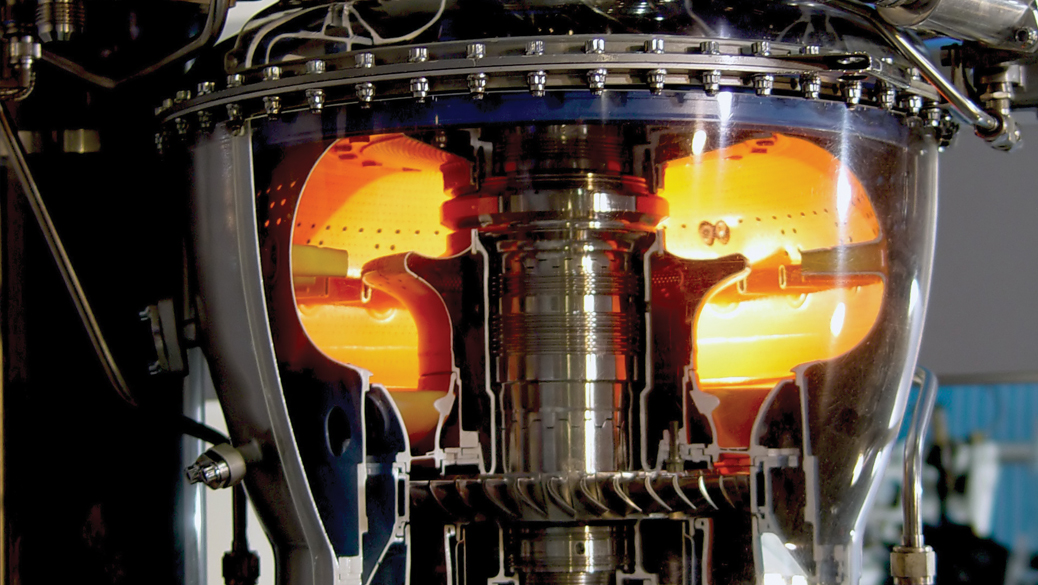An aeronautical engineer works with aircraft. An astronautical engineer works in space science.
- Our undergraduate program includes space technology courses, we chose Aerospace engineering.
The aerospace engineer intervenes from Earth to space!
| Employment prospects | |||||||
|
Canadian and Montreal companies are well-known as:
Thereby an Aerospace Engineer is able to work in the following industrial sectors:
... for aircraft manufacturers, research centres or consulting firms.
|
A high-quality program
- we want to make our students qualified professionals and leaders in aerospace engineering with high skills in product design, aerospace, and complex systems.
Consequently, we teach in graduate studies with the CDIO™ INITIATIVE, an innovative educational framework for producing the next generation of engineers. The framework provides students with an education stressing engineering fundamentals set in the context of Conceiving — Designing — Implementing — Operating (CDIO) real-world systems and products. We use real and multidisciplinary scenario.
Life-size training
Our department owns the only training lab in North America to provide the next generation of engineers in aerospace with teaching that is as close as possible to the industrial reality. Our students have the benefit of learning and experimenting with genuine aircraft test platforms. LESIAQ (for Laboratoire d’enseignement des systèmes intégrés en aérospatiale du Québec ) is a 10,000-square-foot laboratory equipped with a genuine integrated test bed (Iron Bird) for a Bombardier Challenger 300 business aircraft. Now, therefore, the lab has the test cell of a Bell 427 helicopter, as well as the simulation platform from CAE.
Students-industry interactions
The Institut de l'Innovation et de Conception en aérospatiale de Polytechnique (IICAP) meets the development needs of the industry and offers students the know-how in the aerospace fields. Therefore, IICAP planes conferences & meetings with industry.
Information: www.polymtl.ca/iicap.


 For the latest employment statistics, please visit the website for
For the latest employment statistics, please visit the website for 

